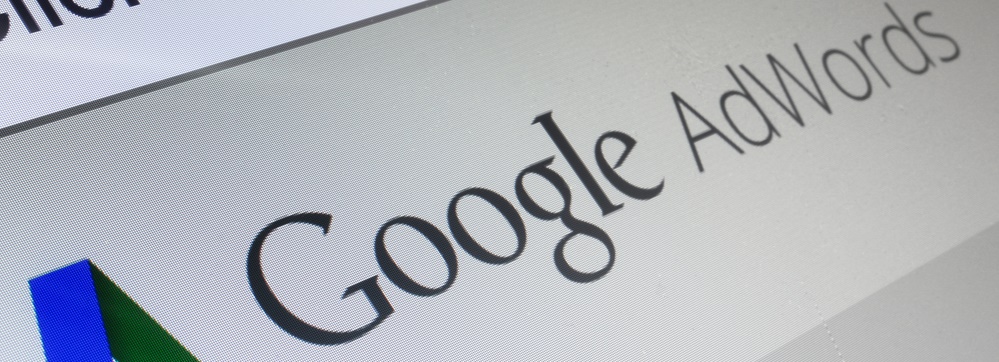
How Dynamic Search Ads Are Changing
It’s important for business leaders to keep up with the ever-evolving world of Google’s AdWords. It’s one of the major platforms that any business with a digital marketing plan needs to understand. Changes to Dynamic Search Ads (DSAs) are the search engine giant’s latest way for businesses to reach more customers.
The idea behind DSAs (Dynamic Search Ads) is that they fill in the gaps where your keywords might not have covered.
This can save advertisers time by allowing them not to fill in every keyword possibility. Automatically generated headlines will show how your product closely links to the user’s keyword search. DSAs are also intended to increase traffic by gaining users who are searching using different keywords. For example, maybe the user typed “dog grooming New York” and your “dog grooming NYC” page comes up. Below we discuss three major ways Google is changing its popular program.

Page feeds
As always, Google is shifting how it does things. One way it's doing this is by introducing page feeds for advertisers using DSAs. This allows you to customize exactly which landing pages show up when customers search for a related keyword. If you’re introducing a new product, you can now more easily direct customers in that product’s direction by adding specific URLs to guide searchers to exactly where you want them to go.
Custom label feeds allow you to target customers looking for specific star ratings, availability, and promotions. Essentially, the new DSA system is intended to be more responsive to advertisers looking to attract customers in an evolving business environment.
This could save you a lot of time. By simply uploading screenshots of your web pages, AdWords will link your site to relevant keyword searches through the copy on your site. You may also attract more viewers with this method than by using the traditional method of loading up your site with keywords.
Expanded ads
In this push toward customization, Google will now let advertisers provide more information about their products. This new feature has a higher limit on the length of headlines and descriptions. By providing more information, the user will have a better idea of the ad’s relevance. Of course, this could also annoy users who have to scroll for more time before reaching what they’re looking for.
Better results
Google has also updated its criteria to only show the most relevant SERPs (search engine results pages). For example, AdWords will now take the user’s location into account when creating recommendations. The company’s intention is to increase conversion rates, which would obviously be attractive to advertisers. Time will tell how much this updated criteria will actually help advertisers.
AdWords will continue to be a key part of any digital marketing campaign because it’s tied to the world’s most-popular search engine. But simply setting up an advertising campaign and letting it ride isn’t going to cut it. Successful businesses investigate new ways to reach customers all the time—because they know their competitors will be doing the same.
Copyright 2017 Viral Solutions LLC

